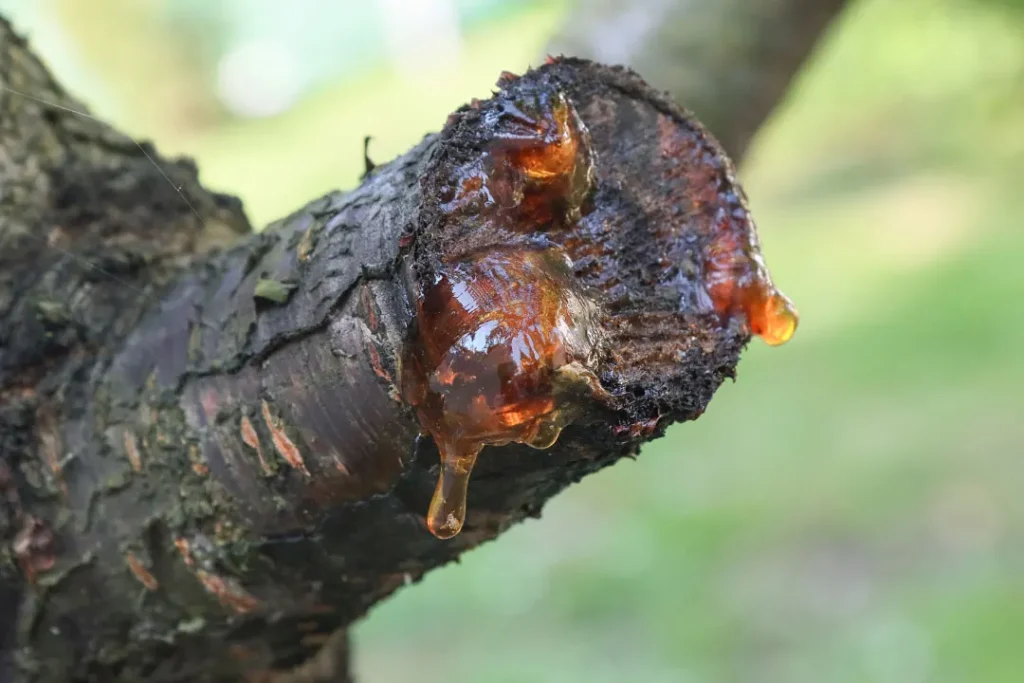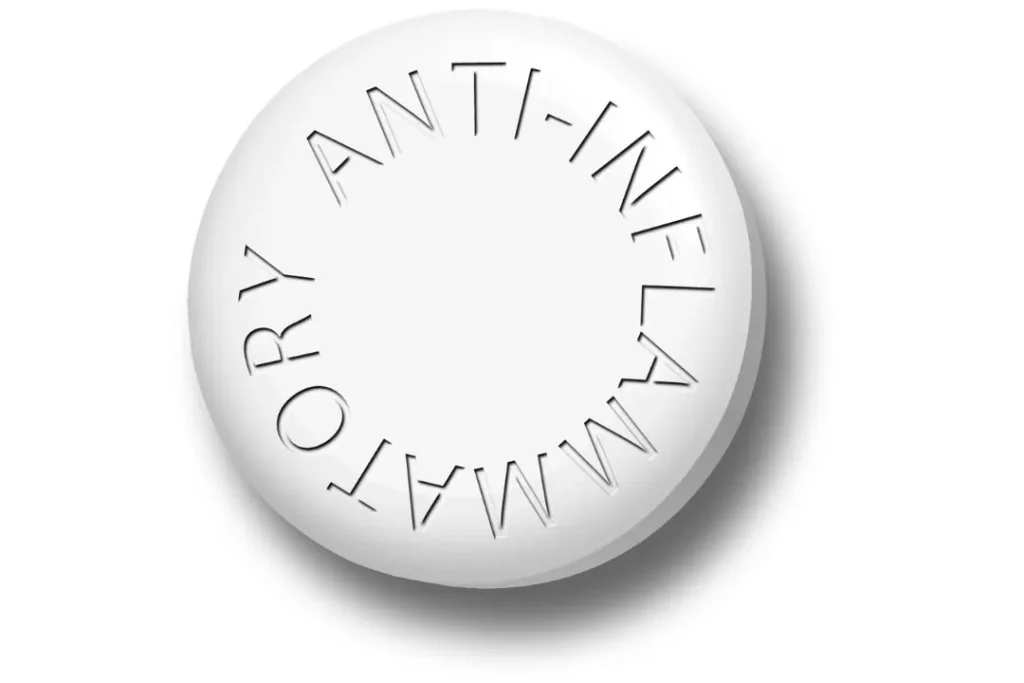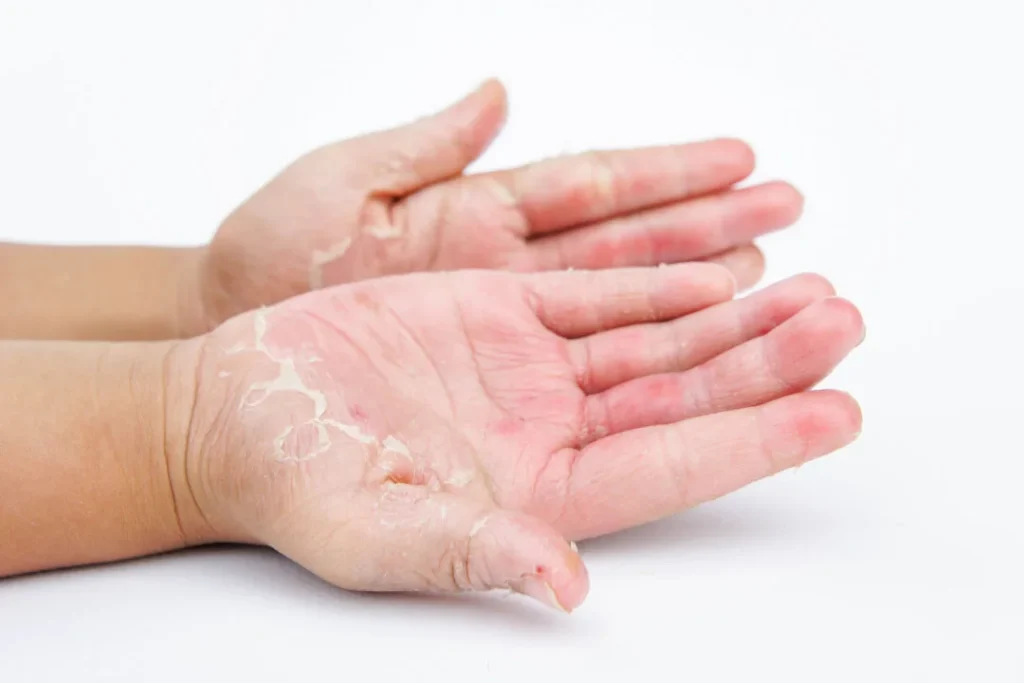Galbanum is an aromatic gum resin with a long history in early religious ceremonies and contemporary aromatic treatments. The nature of galbanum, its health advantages, recommended doses, possible side effects, drug interactions, and the chemical and physiological mechanisms underlying its effects on the body and the brain are all covered in this article.
You May Also Like:
5 Great Nootropic Herbs for Energy, Focus, and Productivity
A Nootropic Herb for Cognitive Enhancement: Discover Bacopa Monnieri Benefits and Side Effects
Galbanum: Benefits, Dosage, Side Effects, Drug Interactions, and Other Important Information is an original (NootropicsPlanet) article.
The Nature of Galbanum
Galbanum is a gum resin made from several ferula species, which are Middle Eastern natural plants. Its distinctively earthy and green aroma is the product of a complex mixture of volatile chemical components. Monoterpenes like -pinene and -pinene, sesquiterpenes like cadinene, and sulfur-containing chemicals are the main ingredients, and they all work together to give the plant its distinct perfume and possible medicinal effects.
Health Benefits of Galbanum
Historically, galbanum has been used for its therapeutic properties, predominantly attributed to its anti-inflammatory, antimicrobial, and carminative properties. These health benefits derive from its complex chemical composition and warrant further exploration.
Anti-Inflammatory Properties
Galbanum’s main ingredient, -pinene, is connected to anti-inflammatory properties. -Pinene reduces inflammatory responses by decreasing pro-inflammatory cytokines and obstructing nuclear factor-kappa B (NF-B) pathways, making it useful in the treatment of inflammatory disorders.
Microbiological Properties
Galbanum has strong antibacterial properties against many bacterial and fungi species. Its monoterpenes and sesquiterpenes, are known for their broad-spectrum antibacterial properties.
Digestive Properties
Galbanum can be used as a carminative to ease stomach pain and lessen flatulence. While the precise processes are unclear, scientific reseacrh suggests that its volatile components encourage gut smooth muscle relaxation.

The Chemistry of Galbanum
The Middle Eastern ferula species of plants are the source of the gum resin known as galbanum. Various volatile chemical components in this plant are responsible for its strong, earthy scent. Sesquiterpenes like cadinene, a wide range of monoterpenes like -pinene and -pinene, and molecules containing sulfur make up its chemical background. Each of these chemical components adds to the distinctive smell of galbanum and is responsible for its medicinal properties.


Physiological Properties of Galbanum
Galbanum’s impact on the body and brain can be traced back to its original constituent compounds. The physiological mechanisms associated with its use in aromatherapy, topical application, and potential oral intake encompass its anti-inflammatory, antimicrobial, and carminative effects.
Anti-Inflammatory Properties
Galbanum’s main component, -pinene, is connected to anti-inflammatory properties. It works by inhibiting pro-inflammatory cytokines, the tiny proteins used for cell communication during immunological reactions. The -pinene factors block NF-B (nuclear factor kappa B) pathways. NF-B is a protein complex that regulates DNA transcription and is essential to control the immune system’s reaction to infection. -pinene reduces inflammatory reactions by blocking this route.
Antimicrobial Activity
Galbanum contains monoterpenes and sesquiterpenes, both of which have strong antibacterial properties. These substances can damage the structure of bacterial and fungal cell membranes or stop vital microbial enzymes, which prevents the growth of these organisms and ultimately results in their demise.
Carminative Effects
Galbanum works as a carminative to help relieve pain and evacuate gas from the intestines. Its volatile chemicals relax the smooth muscles of the stomach, reducing spasms and allowing the passage of gas, however, the precise process is not fully understood.
Effects on the Brain
In aromatherapy, galbanum can impact mood and cognitive function in the brain. Volatile substances such as -pinene can trigger olfactory receptors, activating the brain regions linked to emotions and memory. Additionally, substances like -pinene can pass the blood-brain barrier, which affects neurotransmitter systems and have sedative and anxiolytic effects. However, the precise neurophysiological processes behind these benefits are still not fully known and require research.


Optimal Dosage of Galbanum
Depending on how it is used, galbanum requires a specific dose. A 2% dilution in a carrier oil is often advised for topical treatments. A few drops in a diffuser are usually enough for aromatherapy. However, there is little study on its oral ingestion, thus doing so without your doctor’s supervision is not advised.
Side Effects of Galbanum
Galbanum is typically safe for topical and aromatic use when properly diluted, but if you are sensitive to it, it can cause skin irritability or allergic responses. Galbanum should also be avoided by women who are expecting or nursing, as there is inadequate safety data.


Potential Substance Interactions with Galbanum
Galbanum’s interactions with other drugs are currently poorly understood. It can hypothetically interact with other anti-inflammatory medications, changing their effects, due to its anti-inflammatory function. Galbanum must be used alongside other drugs with caution, ideally under medical supervision.
Best Responsible Use of Galbanum
Galbanum can be safely used in topical treatments or in aromatic therapy with the proper dilution due to its safety profile. Oral ingestion, however, is not advised unless advised by your health expert due to a lack of study. before using galbanum, if you have certain medical issues or are taking medication, you must speak with your healthcare provider.
Galbanum:
Conclusion
Galbanum is still under strict scientific research to be used as a nutritional supplement, since it has only ever been used as an ingredient for certain medicines. However, as studies continue to develop, its is becoming more and more possible to be taken on its own. If it is used as an oil, it can treat rashes, acne, and absesses, and can also reduce swelling and sooth the nerves. If you are interesed in using aromatherapy treatments and would like to try galbanum, you must speak to your doctor first since there is limited studies on it.
References:
- “Antimicrobial Activity of α-Pinene and β-Pinene Enantiomers.” Retrieved from: https://www.mdpi.com/1420-3049/23/6/1362
- “Inflammatory processes in Alzheimer’s disease: A look at the role of the NF-κB pathway.” Retrieved from: https://www.alzheimersanddementia.com/article/S1552-5260(16)32330-7/fulltext
- “Carminatives and Gut Health.” Retrieved from: https://www.nature.com/articles/s41575-019-0157-3
- “The influence of terpenes on brain function.” Retrieved from: https://www.ncbi.nlm.nih.gov/pmc/articles/PMC6277878/
Important Note: The information contained in this article is for general informational purposes only, and should not be construed as health or medical advice, nor is it intended to diagnose, prevent, treat, or cure any disease or health condition. Before embarking on any diet, fitness regimen, or program of nutritional supplementation, it is advisable to consult your healthcare professional in order to determine its safety and probable efficacy in terms of your individual state of health.
Regarding Nutritional Supplements Or Other Non-Prescription Health Products: If any nutritional supplements or other non-prescription health products are mentioned in the foregoing article, any claims or statements made about them have not been evaluated by the U.S. Food and Drug Administration, and such nutritional supplements or other health products are not intended to diagnose, treat, cure, or prevent any disease.
